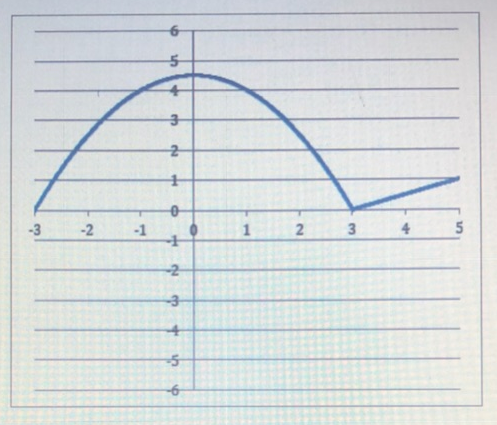The graph of #y=g(x)# is given below. Sketch an accurate graph of #y=2/3g(x)+1# on same set of axes. Label the axes and at least 4 points on your new graph. Give the domain and range of the original and the transformed function?

1 Answer
Jul 6, 2018
Please see the explanation below.
Explanation:
Before :
After :
Here are the
After :
The newpoint is
After :
The newpoint is
After :
The newpoint is
After :
The newpoint is
You can place those

